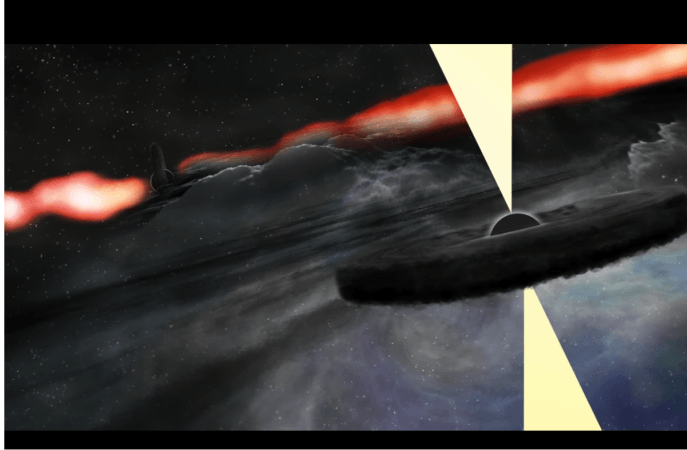
A new luminous object has been spotted closer to a supermassive black hole in the nucleus of Cygnus A radio galaxy.
Also Read: Grand Finale: NASA's Cassini spacecraft captures Saturn's solstice
According to the hypothesis formulated by researchers, the bright object could be an outburst from another upermassive black hole or a supernova explosion.
Researcher Rick Perley from National Radio Astronomy (NRAO) and his son Daniel Perley, from Astrophysics Research Institute of Liverpool John Moores University, are the lead authors of the study. NRAO researchers Chris Carilli and Vivek Dhawan were the co-authors.
"This new object may have much to tell us about the history of this galaxy," said Daniel while announcing the discovery.
"The VLA (Very Lare Array) images of Cygnus A from the 1980s marked the state of the observational capability at that time. Because of that, we didn't look at Cygnus A again until 1996, when new VLA electronics had provided a new range of radio frequencies for our observations," said Rick added.
It was found that this new radiant celestial object was not visible in the photos captured back then.
"However, the VLA's upgrade that was completed in 2012 made it a much more powerful telescope, so we wanted to have a look at Cygnus A using the VLA's new capabilities," Rick said.
"To our surprise, we found a prominent new feature near the galaxy's nucleus that did not appear in any previous published images. This new feature is bright enough that we definitely would have seen it in the earlier images if nothing had changed."
"That means it must have turned on sometime between 1996 and now," he added.
According to co-author Vivek, the lately-discovered luminous object is a supernova, and the reason behind this prediction is the extraordinary brightness of the object.
As per another prediction by Vivek, it could have been a blast from a second supermassive black hole situated near galaxy Cygnus A's core.
"We think we've found a second supermassive black hole in this galaxy, indicating that it has merged with another galaxy in the astronomically-recent past," Chris added. "These two would be one of the closest pairs of supermassive black holes ever discovered, likely themselves to merge in the future," he explained.
This finding could help understand the history of Cygnus A radio galaxy.

















